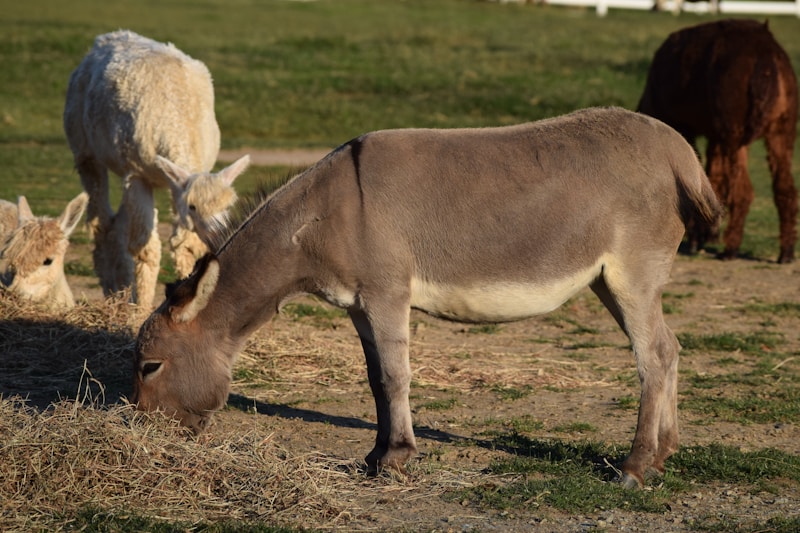Podcast
Questions and Answers
Which class of organisms has an outer ectoderm with syncytial epithelium and a ciliated epidermis?
Which class of organisms has an outer ectoderm with syncytial epithelium and a ciliated epidermis?
Which class of organisms is supplied with hooks and suckers containing rhabdites?
Which class of organisms is supplied with hooks and suckers containing rhabdites?
Which type of small bodies, when discharged into water, form a protective gelatinous sheath around the body of planarians?
Which type of small bodies, when discharged into water, form a protective gelatinous sheath around the body of planarians?
Which layer under the epidermis of planarians contains two layers of muscles, an outer circular muscle layer and an inner longitudinal muscle layer?
Which layer under the epidermis of planarians contains two layers of muscles, an outer circular muscle layer and an inner longitudinal muscle layer?
Signup and view all the answers
What is the term for the outer circular muscle layer under the epidermis of planarians?
What is the term for the outer circular muscle layer under the epidermis of planarians?
Signup and view all the answers
Study Notes
Characteristics of Platyhelminthes
- Body is dorso-ventrally compressed with bilateral symmetry.
- They are triploblastic animals, meaning they have three primary layers of cells: ectoderm, mesoderm, and endoderm.
- Epidermis can be:
- Soft and ciliated (as in Turbellaria)
- Covered by tegument with external suckers, hooks, or both for attachment to the host (as in Monogenea, Digenea, and Cestoda)
- They do not have a secondary body cavity, making them acoelomates.
- Muscular system is well-developed.
- Incomplete digestive system, with a mouth but no anus.
- Excretory system consists of flame cells or solenocytes.
- They possess some sense organs and a central nervous system.
- Sexes are usually monoecious (hermaphrodite) with a complicated reproductive system, except in Schistosoma.
- They lack skeletal, circulatory, and respiratory systems.
Classification
- Kingdom: Animalia
- Subkingdom: Metazoa
- Branch: Eumetazoa (Enterozoa)
- Phylum: Platyhelminthes (meaning 'flat worms')
General Characteristics
- Bilaterally symmetrical
- Dorsoventrally flattened body shape, earning them the common name 'flatworms'
- Acoelomates, with an internal cavity filled with parenchyma or mesenchyme cells, but no body cavity
Studying That Suits You
Use AI to generate personalized quizzes and flashcards to suit your learning preferences.
Description
Test your knowledge about the general features of Platyhelminthes, a phylum of invertebrate animals. Learn about their body structure, digestive system, excretory system, and more.




